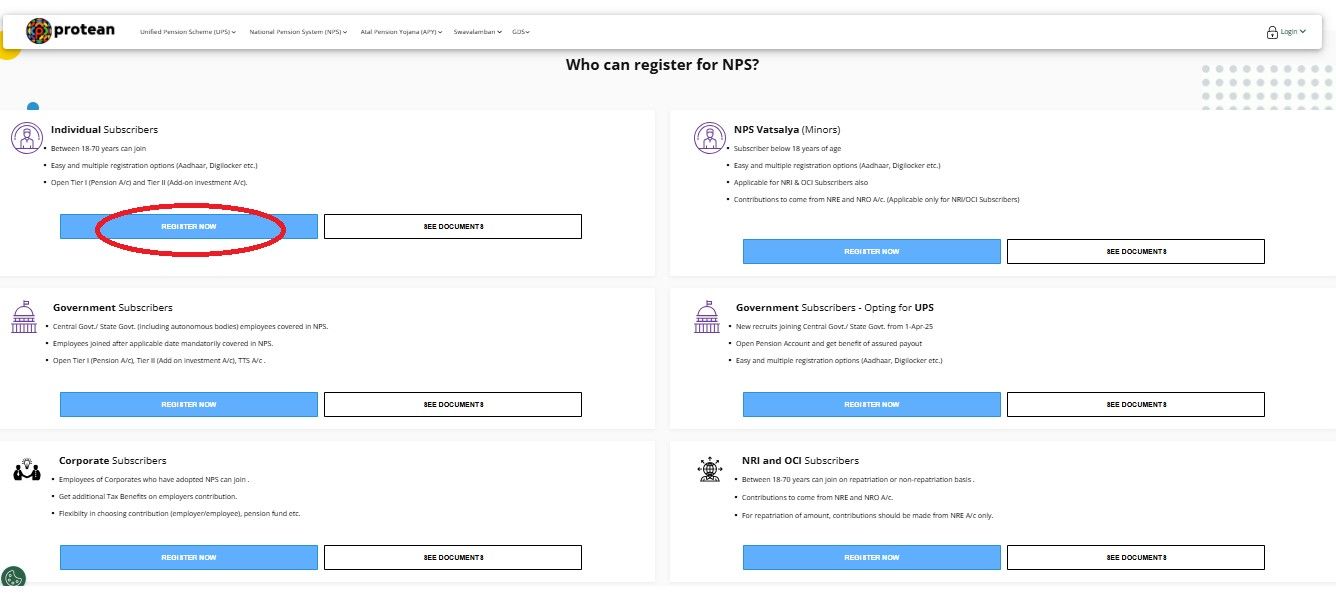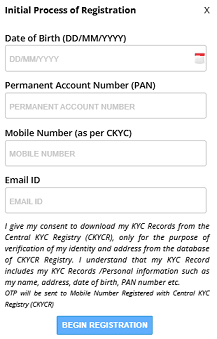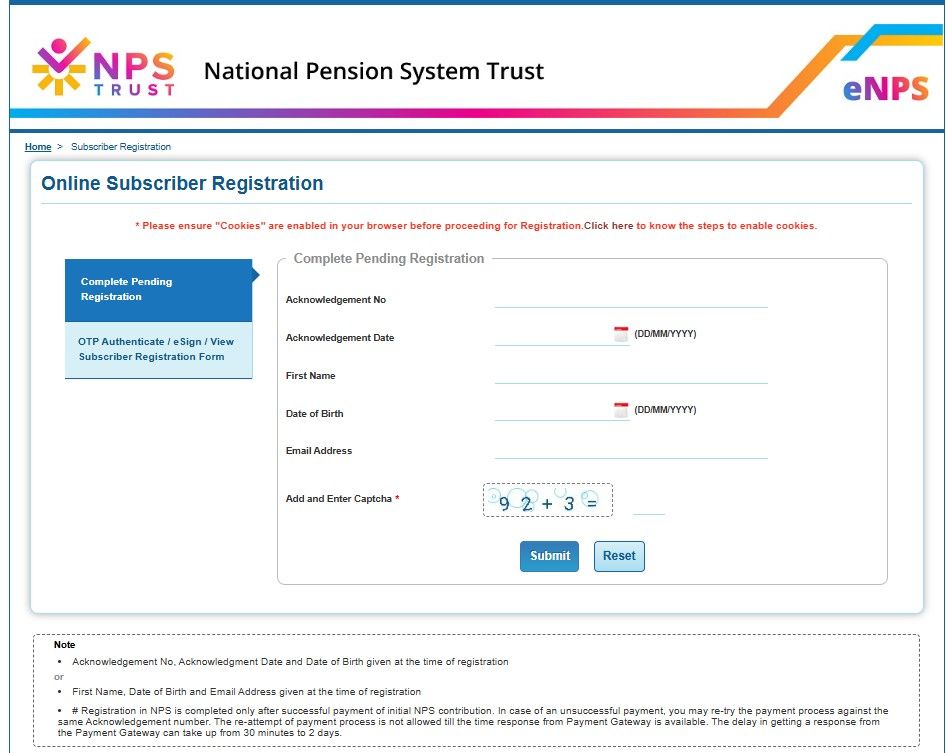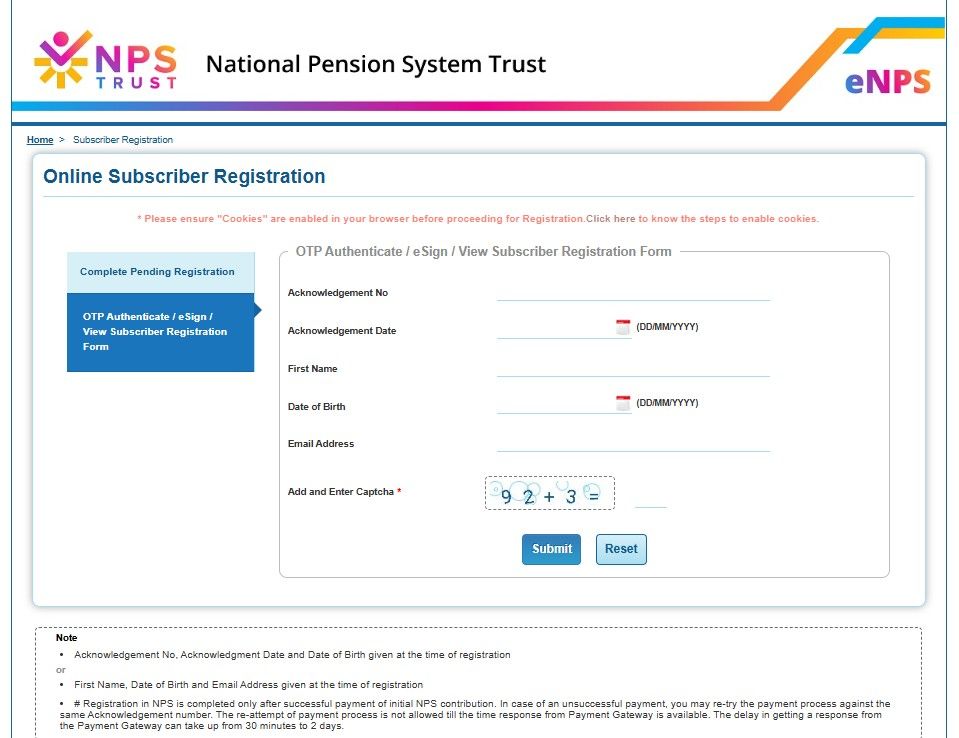Related Articles

What Are the Key NPS Withdrawal Rules
The National Pension System (NPS) was launched in 2004 by the central government to support the financing of retirement planning. Launched initially for government employees, it now....
Read More
How to Invest in NPS: Benefits of Investing in NPS
Planning for retirement is essential for every individual who is looking forward to enjoying their retirement life. Retirement is a tricky phase of life. You are not earning, but you would still....
Read More
All You Need to Know About the Tax Benefits of NPS
The National Pension System (NPS) was originally introduced to provide a monthly pension to retired central and state government employees. Currently, NPS is available to everyone including....
Read More













